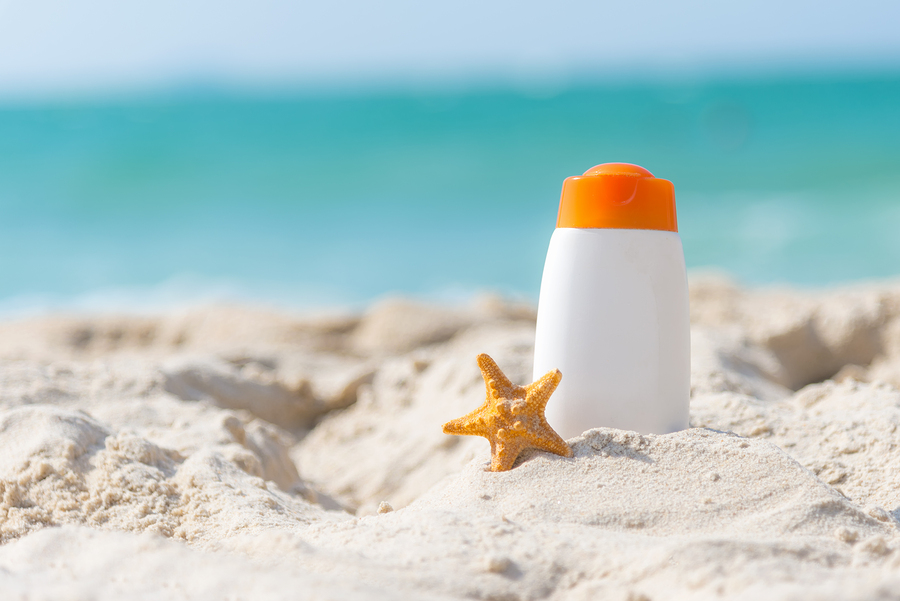6 common suncare mistakes not to make this summer
We get an expert’s advice on how to sunbathe safely.
Everyone knows that slathering on sunscreen is essential during the sunnier months. But how much should you actually use? Can you skip it when it’s cloudy? And do darker skin tones need protecting?
Not knowing the answers to these questions could mean you’re putting your skin – and your health – at risk.
To help ensure you don’t burn this summer, Dylan Griffiths, medical manager at Eucerin, runs down six common SPF mistakes and how to avoid them, whether you’re jetting off abroad or picnicking in your local park…
1. Not using enough sunscreen
“The easiest way to visualise is via teaspoons. It’s recommended to use half a teaspoon for the face, neck and each arm. Then a full teaspoon to each leg, the front (chest and stomach) and the back.
“This totals six teaspoons, but if you don’t feel that’s enough then it’s always good practice to add more.”
2. Not using sunscreen on a cloudy day
“This is the biggest sunscreen myth. Sunscreen should be worn every day.
“Clouds filter out sunlight but not UV rays, so even on a cloudy day you’re still getting up to 80% of the sun’s harmful effect.
“If you’re going outside then you should still cover up; your skin may not burn but it’s still being exposed to long-term risks.”
3. Using a lower factor to tan faster
“Your skin ‘tanning’ is a sign that it’s being damaged by the sun’s rays, therefore ensure you use a high protection factor to prevent the first signs of damage.
“The long-term effects of sun damage are not worth the risk for a short-term tan.”
4. Believing your sunscreen is waterproof
“Waterproof sunscreen doesn’t exist – we talk about water-resistance.
“This means the product won’t instantly come off the skin when it meets water, and is designed for people who will be swimming or heavily perspiring.
“It is essential to re-apply the product straight after coming out of the pool and drying, or regularly whilst perspiring.
5. Thinking you don’t need sunscreen indoors
“The damaging effects of UVA rays still penetrate your skin whilst indoors and near a window, therefore ensure you cover up whilst in the car or sat near the window.”
6. Not using sunscreen on darker skin tones
“It’s a common misconception that dark skin doesn’t burn or doesn’t suffer from the harmful effects of UV rays. In fact, skin cancer can be more difficult to detect on black skin.
“Darker skin does contain higher levels of melanin – black skin has a natural SPF of around 13.4, paler white skin is about 3.4.
“This therefore provides a higher natural protection factor compared to pale skin but it’s not enough to protect from a day in the sun.
“Some sunscreens can provide an ashen or grey appearance to the skin, therefore look for a light textured, dry touch sunscreen or a spray oil.”





















